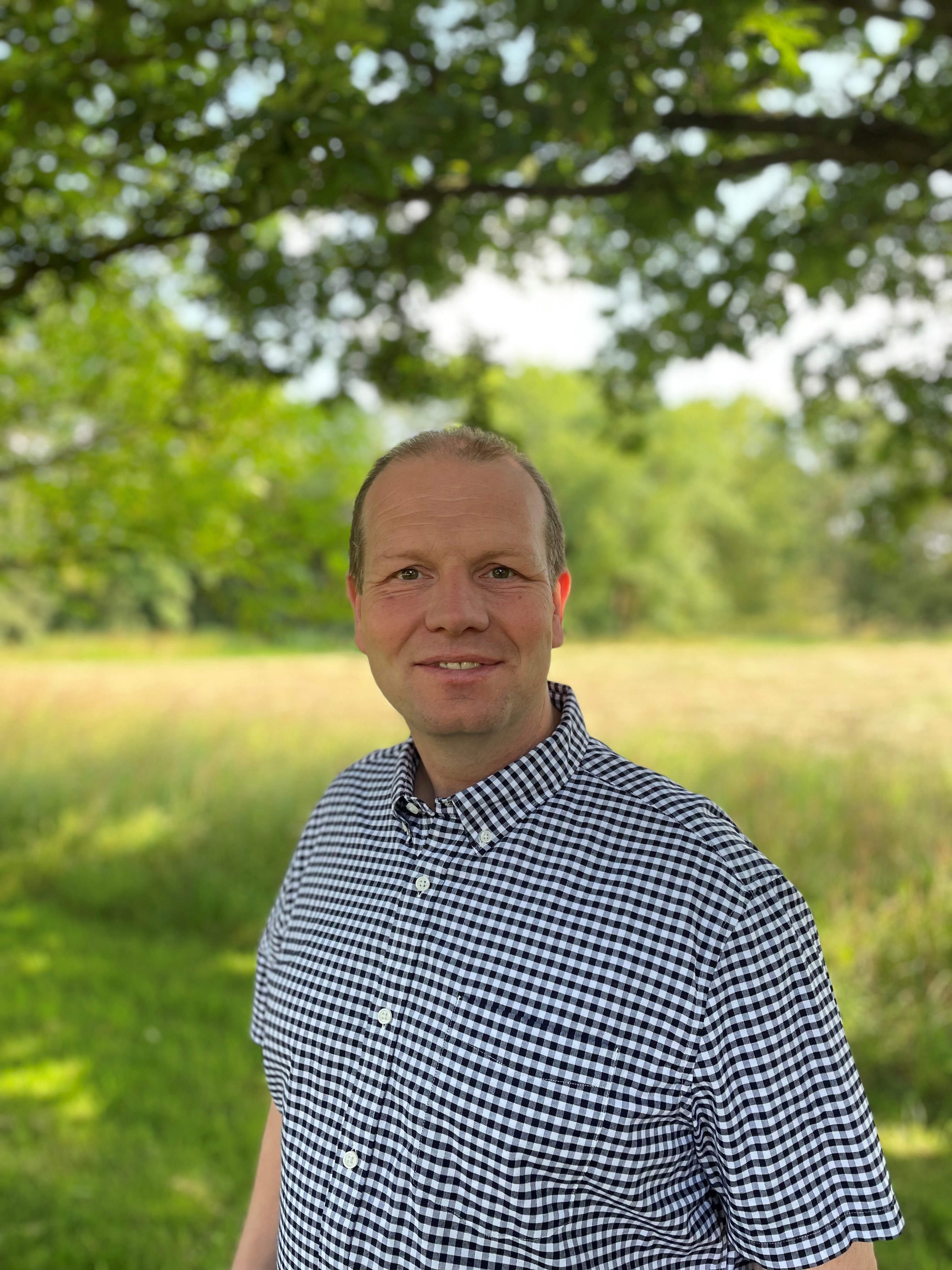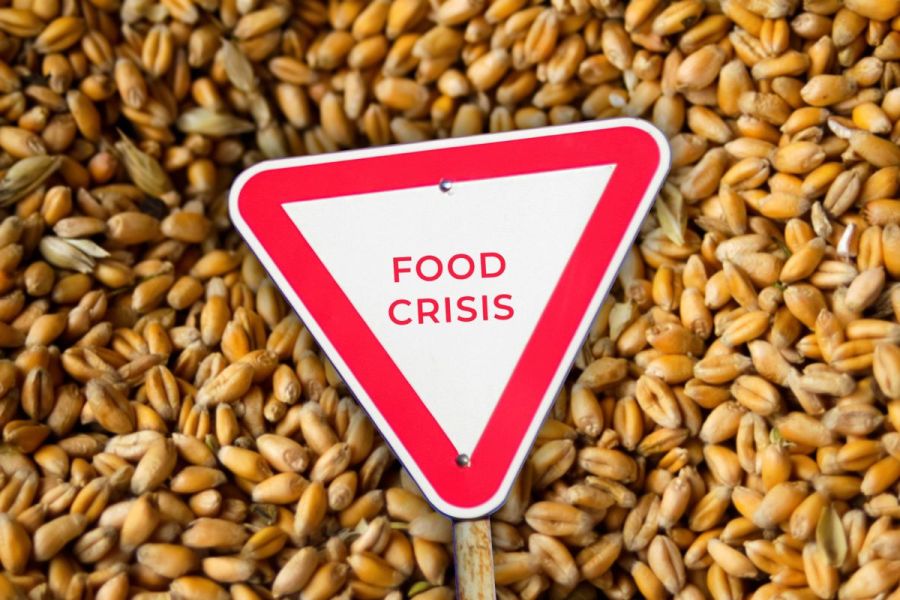 By Martin Lines
By Martin Lines
After the hottest and driest summer on record, the impacts are visible across our countryside. You can see finger-deep cracks in arid soil, and the leaves of our hedgerows and trees are browning unseasonably soon.
The opportunity to establish cover crops this autumn has been extremely challenging, and with that comes the loss of the many benefits they bring to our soil and nutrition. Our planned rotation has gone out of the window as establishing oilseed rape in dry soil is a waste of time, and this interruption to our rotation will have a knock-on impact in the coming years.
This follows on from a number of weather-inflicted disruptions over the years preceding because we had too much rain. The costly challenges of a changing climate are hitting farm businesses hard, compounded by market volatility for input prices that continue to rise. The farther we can move away from the business risks of high input systems, the more opportunities will be had to ride out the many storms of the future.
Like many, our winter cereal harvest went very well and with some pleasing yields and qualities. Some of our spring crops were not as pleasing, owing to the very little rain they received from planting to harvesting. Our spring beans were a real disappointment, and it will probably be the last time that we look to grow them. Finding alternative break crops is becoming increasingly complex, and we are always on the lookout for something else to grow in our rotation.
Helping us in this is our refusal to keep chasing the highest yields, and instead, we have been focusing on the cost of production and whole farm output. We have used various stewardship schemes to add value and income to our financial returns, and many of the options available have often paid better than trying to crop certain farm areas. One of the many benefits is the ability to do all our hedge trimming in the winter after the birds have eaten the berries. If you haven’t already cut your hedges for this season, consider leaving some later in the year, especially if you have a margin beside them.
My son has returned from studying at Harper Adams, bringing with him a real interest in what we do on the farm. While he’s planning on travelling and working abroad next year, he’s keen to get involved in the business on his return. It’s so vital that we bring new blood and ideas into our businesses and agriculture. There are many farming businesses where one family member holds the chequebook, sometimes limiting the prospects for growth or doing things differently. I look forward to giving him as many opportunities as possible to incorporate his ideas for how Papley Grove Farm can evolve, with nature-friendly systems central to this.
As the industry faces many rapid changes in the years to come, having new blood and ideas is critical. Fortunately, agriculture is progressively being seen by more young people as an excellent industry to get involved in. With this renewed and much-needed enthusiasm in the sector, we must open the door to give new entrants a chance. With the price and availability of artificial fertiliser becoming an ever-growing problem, there is great potential to work with other farmers to bring livestock back to many arable farms to close the nutrient cycle and improve soil health.
As we see a new Prime Minister, Cabinet Secretary, and Defra team appointed, I hope they have an understanding of the many challenges farmers face. Farmers industry-wide need to communicate to the powers that be what farmers can really deliver. As we see the increased cost of living affects society, the justification for funding in agriculture will need to be demonstrated in the years to come, particularly that a whole farm approach is the best use of public money for public goods. Farming can, and will, have a critical role in delivering solutions to the many problems society faces.
I am genuinely concerned that some people only communicate worries about food production. As the cost-of-living crisis grows, many politicians see imported food produced at a similar standard to ours but cheaper than food grown domestically, as an opportunity to reduce household bills. But as an industry, we produce much more than just food and only focusing on one output has the risk of losing public support for the other things we produce as farmers and land managers, including nature recovery, adaptation to a changing climate and improving ecosystem function. These are crucial pillars of a resilient and thriving future food and farming system.
Food is critical, but farmers have long been delivering much more than what we put on our plates. It is time public funding matches this.
This article was taken from the latest issue of CPM. For more articles like this, subscribe here.




